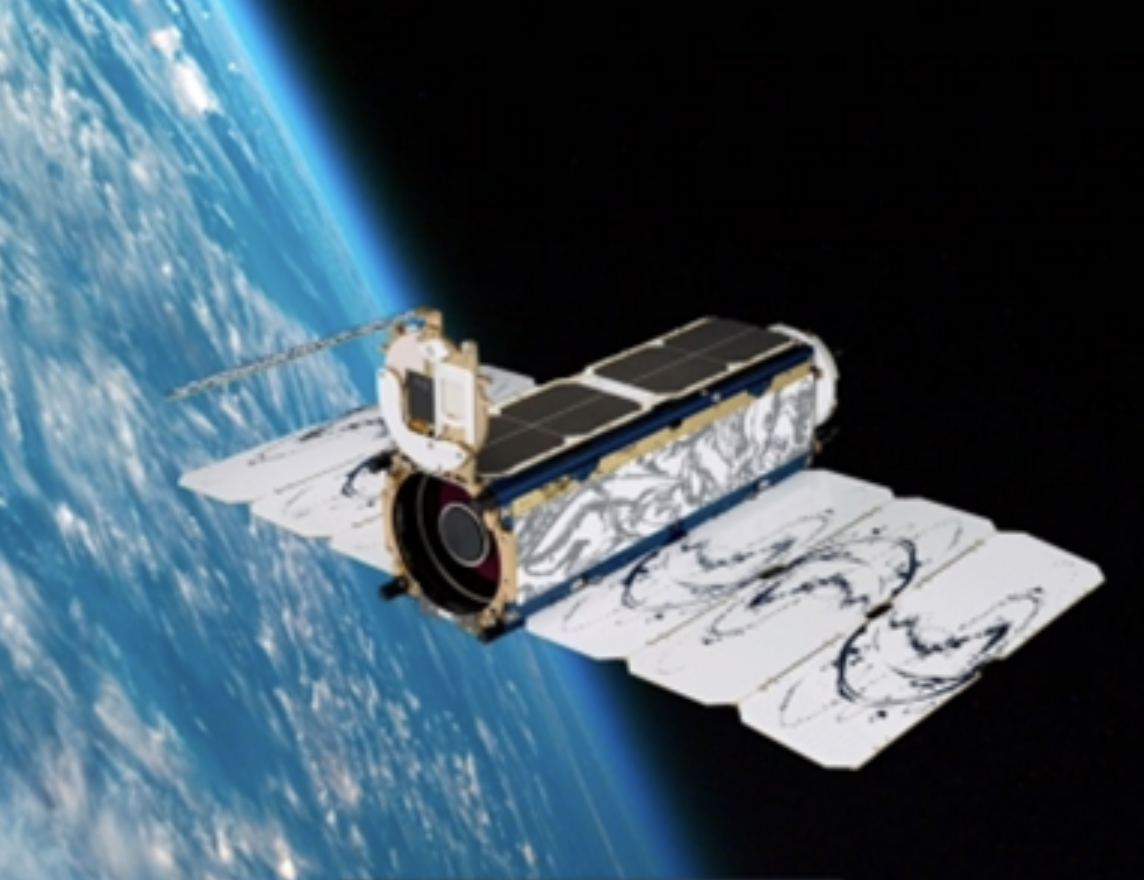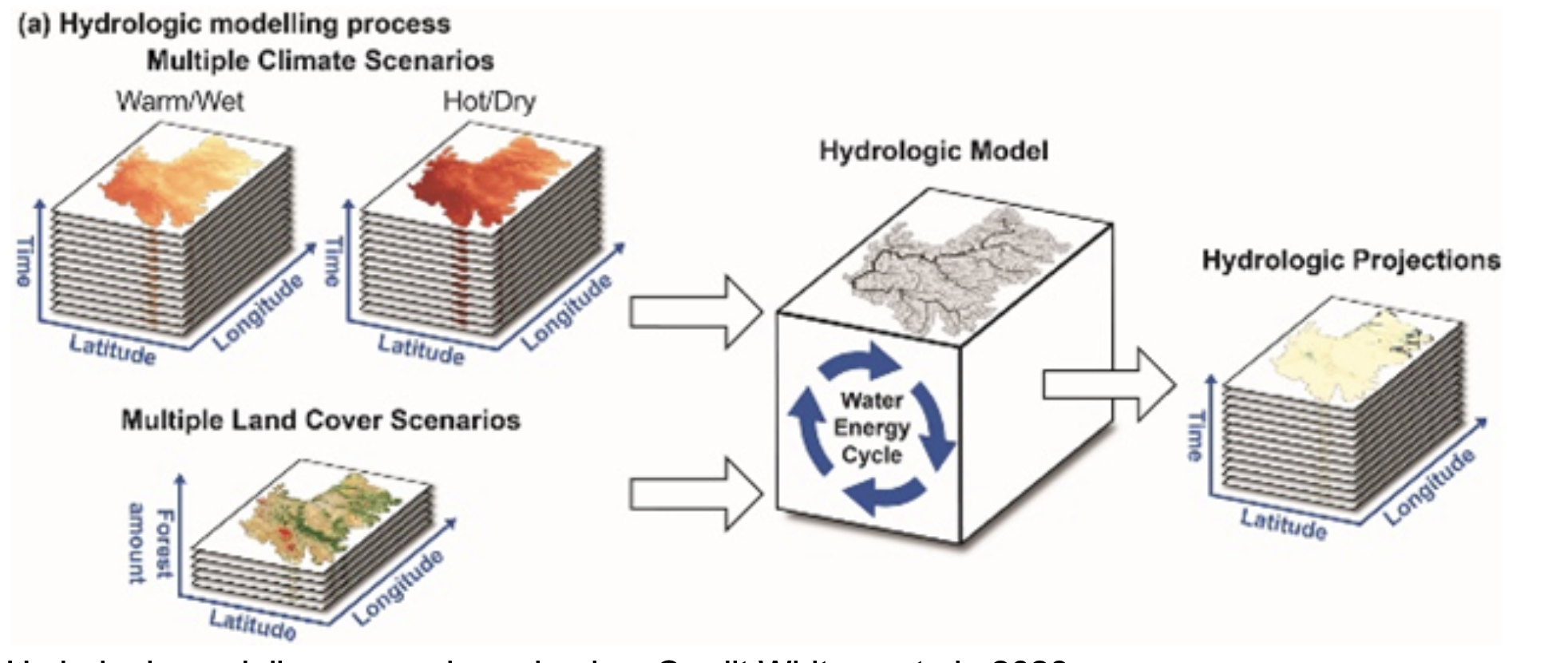Advanced Water Observatory and Decision Support System
What We Do
The Advanced Water Observatory and Decision Support System (AWODSS) harnesses the power of data and visualizations from observational platforms and modeling systems to inform short-term water decisions and plan for alternative water futures. AWODSS is leading to the creation of new technologies, fostering entrepreneurship and job creation through startup companies and helping train personnel at partner organizations in the water and environmental sectors, including the Central Arizona Project, Arizona Department of Water Resources, Salt River Project, Arizona Department of Environmental Quality and private sector firms.
Decisions related to water supply, ranging from construction permits to agricultural allocations, depend on the availability and quality of water monitoring data and forecasting tools. At present, water supply decisions are known to suffer from long delays, high costs and a limited capacity to adapt to future change. Nothing short of a transformational approach is needed to modernize how water is monitored, analyzed and predicted.
The AWODSS approach to this needed change is to provide decision support infrastructure based on Earth observing systems, numerical prediction systems and big data analytics, visualizations and artificial intelligence. Real-time data and analysis products on Arizona’s surface and groundwater are being shown to a wide range of audiences, including decision makers and elected officials. These hydrologic analyses serve as a backbone for integrated assessments that cut across several other spaces including agriculture and power generation.
Innovation and Impact
AWODSS is revolutionizing water measurement, modeling and prediction and providing data necessary to identify critical risks, vulnerabilities and capabilities in hydrologic systems. The observatory is deploying state-of-the-art technology to fully map, monitor and model all of Arizona’s water supplies.
Leading-edge technologies are helping overcome long delays and the large cost of water resources decision-making, thus allowing for better adaptive management strategies. This investment is enabling ASU to partner with federal and state agencies, local water management agencies, research institutions and the private sector to enhance water security and reduce risks of future water shortages.


